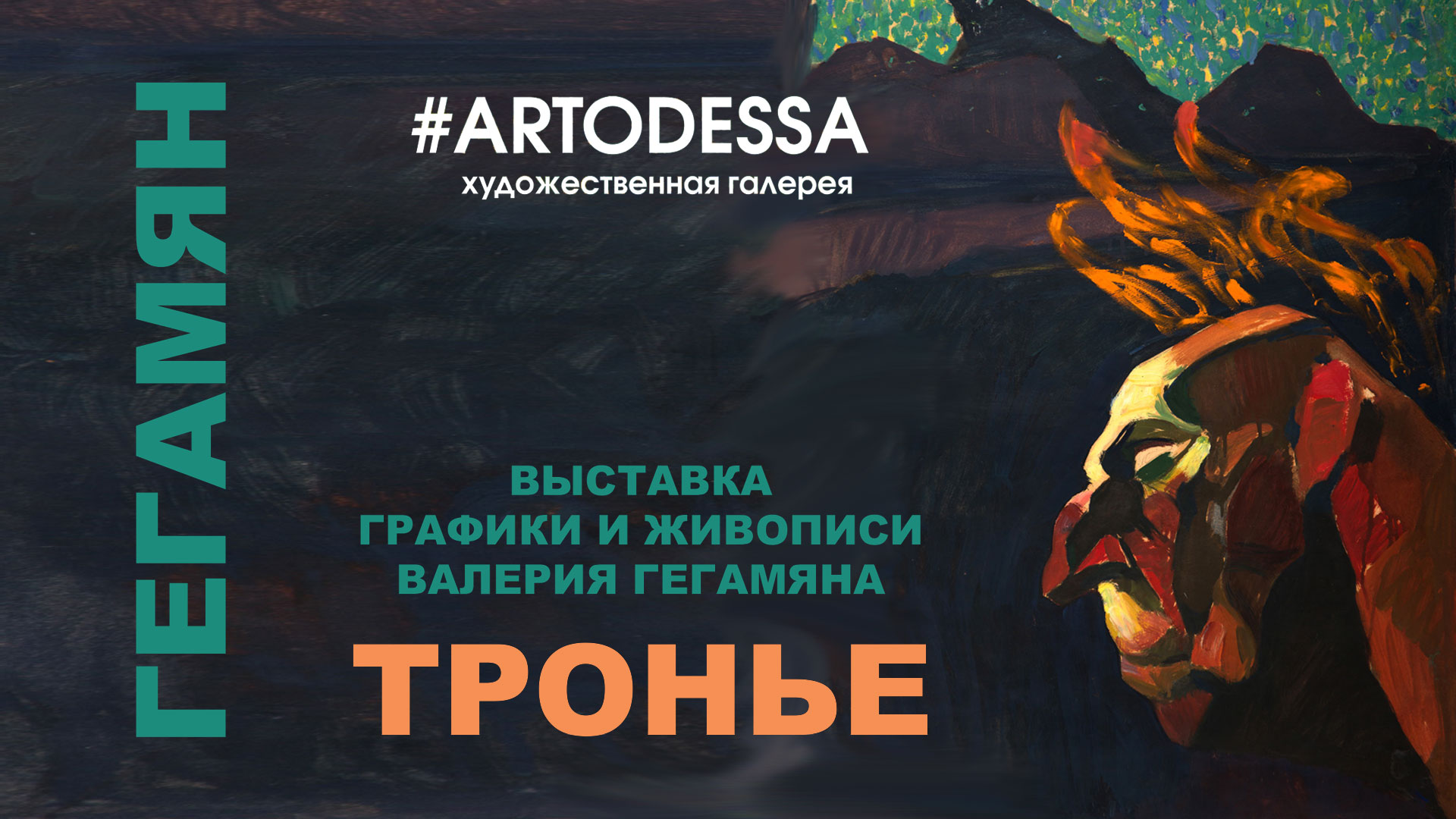
October 2019
Valery Geghamyan is a name that occupies one of the main positions in the history of Odessa art life of the XX century.
Bright, unusual, powerful painter; talented, outstanding teacher; a large-scale personality, Valery Arutyunovich left his legacy in the works of painting and graphics that he managed to put together in a unique collection, as well as in the talents of his disciples brought up by masters who are world-famous today.
Geghamyan’s artistic macrocosm is so complex and beautiful that comprehending it requires thoroughness and professionalism from art experts and keen interest and sincerity from the audience.
The exhibition of works by Valery Geghamyan in Odessa will undoubtedly become a significant and resonant event of 2019.
Ekaterina Pimenova, art columnist.
Organizers:
Foundation named after Valery (Valik) Geghamyan
Prize named after Valery Geghamyan
Association of art historians, experts, appraisers and restorers
Artodessa Gallery
Exhibition opening hours:
October 8-22, 2019
Daily: 13: 00-21: 00
Mon: day off
Summer Theater Gorsad
Odessa
Tronier Symbols
Tronie (Dutch tronie for a «face», «muzzle») are fantasy portraits depicting types or temperaments. This form of genre painting in portrait format was widespread in Dutch and Flemish Baroque art (17th century). Despite the fact that tronie was often a preparatory stage of work at complex thematic paintings, the most original and impeccably executed, they often remain in the history as artistic self-contained works.
Typically, tronie is a head, bust or, more rarely, a figure or a half-figure of an accentuated grotesque national, age, social, etc. type. The genre originates in the 16th century in the countries of northwestern Europe, probably under the influence of grotesque heads of Leonardo (Leonardo da Vinci, Grotesque Heads). It was Da Vinci who created the type of grotesque portraits, including the companion portrait, which gained popularity to the North of Italy.
At the beginning of the 17th century the Flemish artist Jan van der Venne created a series of companion tronies (Jan van der Venne, Head of an Old Woman and Head of an Old Man). Rembrandt also worked in this genre, portraying himself, his son, and his wife (Rembrandt, Tronie of a Young Woman). At least three paintings by Jan Vermeer van Delft are featured in the art space as a tronie, including the infamous “Girl with a Pearl Earring” (Jan Vermeer, Girl with a Pearl Earring). The most famous works left behind by France Hals are also classic tronies – Malle Babbe and The Gypsy Girl (Frans Hals, Malle Babbe and The Gypsy Girl). Vivid examples of the genre were left behind by Adriaen Brower (Adrian Brower, Youth Making a Face), Lucas Franchoys Jr. (Lucas Franchoys Jr., A Man Removing a Plaster), Joos van Kraesbeeck (Joos van Kraesbeeck, The Smoker), Jan de Bray (De Bray and his wife represented as Ulysses and Penelope) and other masters.
The characters depicted in tronies should not be identified by the viewer, they are not portraits. The artist has a different task: to distinguish from the real image the most characteristic features which present interest, and to find the precise measure of conventions that will allow the idea to be embodied in the artistic plane.